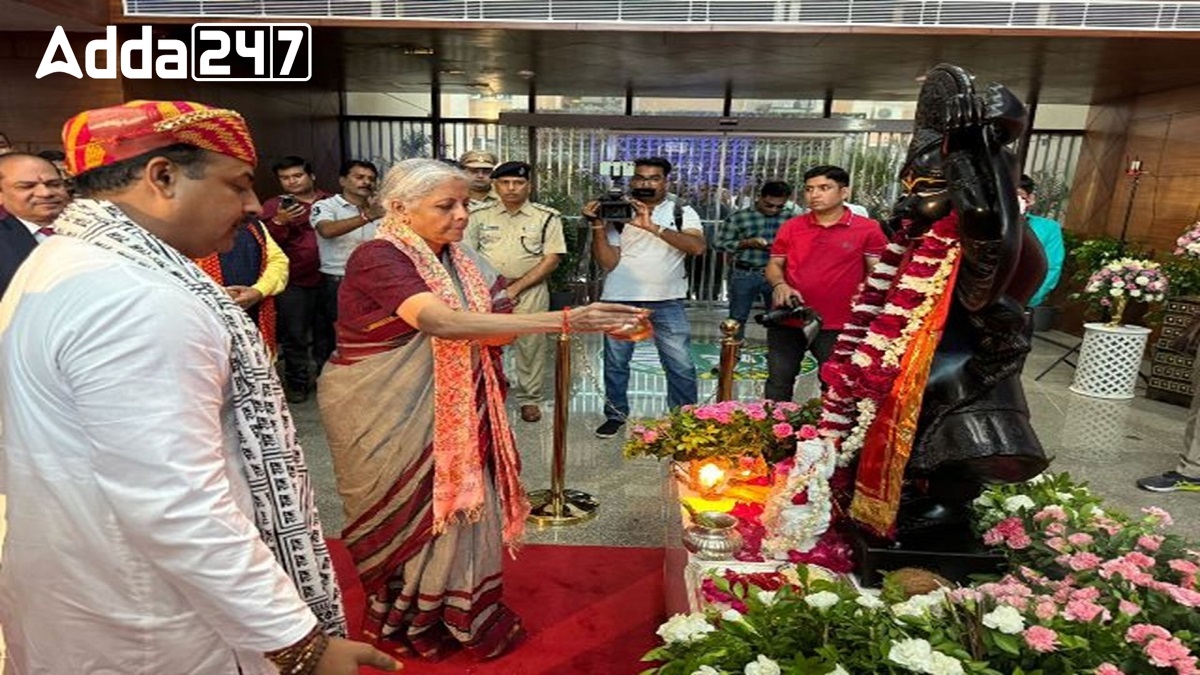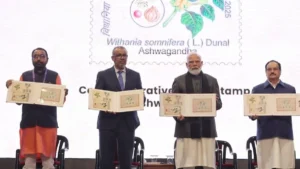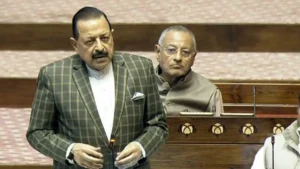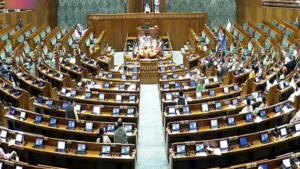Union Finance Minister Nirmala Sitharaman inaugurated the new GST Bhawan in Udaipur, located in the Hiran Magri area. The inauguration ceremony included Vedic chanting and the unveiling of the plaque to officially open the complex. The construction, which began in 2020, faced delays due to the COVID-19 pandemic, but has now been completed.
Facilities and Significance
The GST Bhawan features a conference hall, meeting hall, data analytics cell, library, interrogation cell, and a guest house. Sitharaman emphasized the office’s role in serving 13 districts and the importance of reducing GST-related grievances through effective information sharing. She highlighted the growth of small businesses post-COVID and the significant GST revenue contributions from sectors like zinc, lead, cement, tyres, and calcium phosphate.
Inauguration Ceremony and Attendees
The ceremony was attended by Udaipur MP Mannalal Rawat, Rajya Sabha MP Chunnilal Garasiya, Udaipur Rural MLA Phool Singh Meena, and other dignitaries. Sitharaman acknowledged the economic significance of Udaipur’s commodities and commended the project’s completion despite challenges. She also urged for regular interaction between trade and tax officers to address GST-related issues and proposed sector-wise outreach programs.
ICETAB 2.0 Launch
During the event, Sitharaman launched ICETAB 2.0, a handheld device designed to enhance customs operations by enabling real-time report uploads and faster cargo clearance.
Building Features
Shri Sanjay Agarwal, Chairman of CBIC, highlighted that the CGST Udaipur building is modern, energy-efficient, and complies with green building norms. Located near major transport hubs, the complex offers easy access for GST taxpayers.
Rajasthan: Key Points
Capital: Jaipur
Chief Minister: Bhajan Lal Sharma
Governor: Haribhau Bagade
Language: Hindi (official), Rajasthani (widely spoken)
Major Cities: Jaipur, Udaipur, Jodhpur, Kota, Bikaner
Geography: Located in the northwestern part of India; known for its desert landscape and the Thar Desert.
Culture: Famous for its rich heritage, palaces, forts, and vibrant festivals like Diwali, Holi, and the Camel Festival.
Tourism: Key attractions include the Amber Fort, City Palace, Hawa Mahal, and the Udaipur lakes.
Economy: Major industries include tourism, mining, textiles, and handicrafts. Significant revenue is generated from tourism and mineral resources.
Agriculture: Major crops include wheat, barley, and mustard; water scarcity limits extensive agriculture.
History: Known for its princely states, royal history, and historical battles.




 Prime Minister Releases Commemorative Po...
Prime Minister Releases Commemorative Po...
 Parliament Passes SHANTI Bill, AERB Gets...
Parliament Passes SHANTI Bill, AERB Gets...
 Viksit Bharat G RAM G Bill Passed in Lo...
Viksit Bharat G RAM G Bill Passed in Lo...







